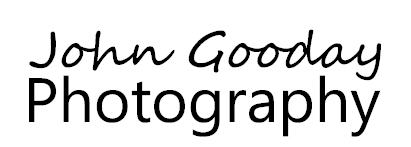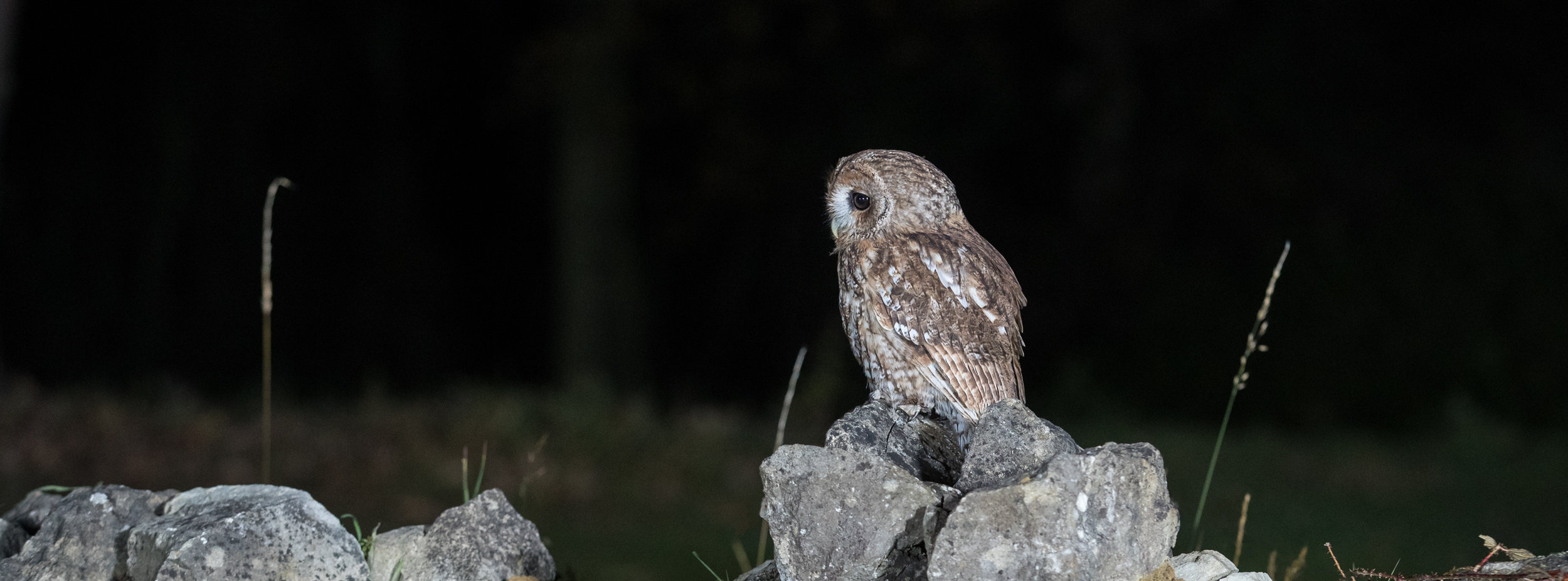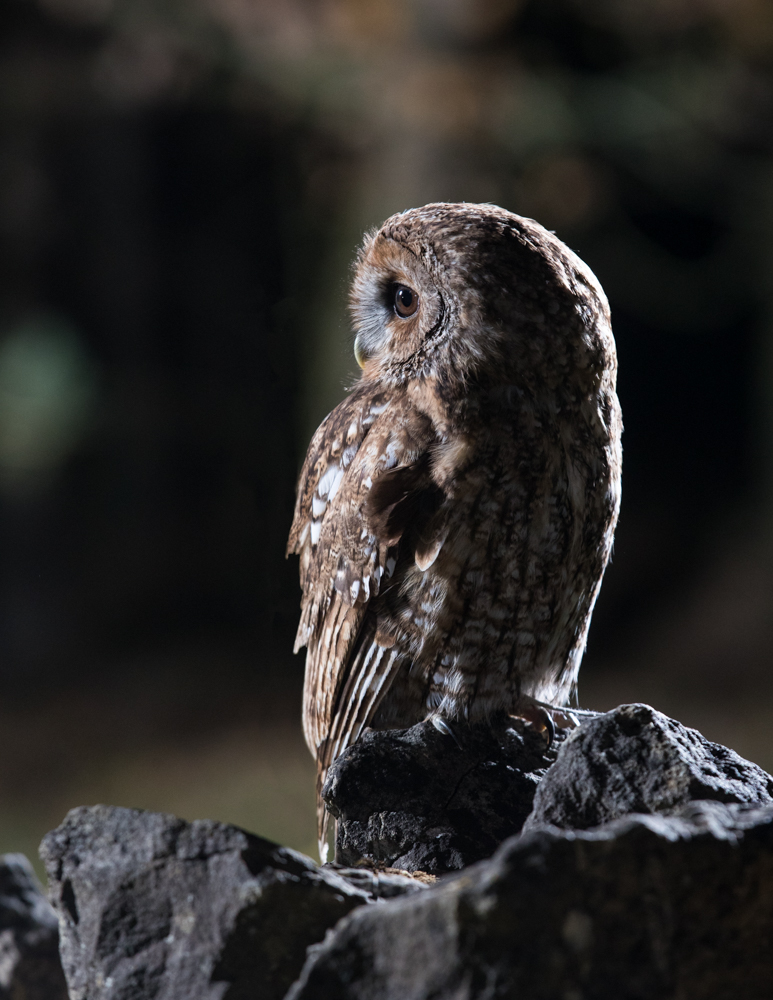I was over with my friends at Coda Falconry the other week trying out some new locations for my next flash workshops. (The workshops use captive birds so that we can repeatedly practice the techniques covered). We had a great time lighting up parts of the Lee Valley with assorted flashes and photographing some of Coda's beautiful owls (although we did manage to surprise a couple enjoying a, shall we say, romantic encounter in the dark. Oops).
This is Pearl, one of Coda's Barn Owls a moment after take-off as she turns to fly towards us for a food treat. I've removed the leather falconry leggy bits (a technical term) with a photo editor as they were a bit messy.
I thought that it might be interesting to include some of the environment rather than the more normal owl and black sky shots so I set about designing a lighting plan. In night photography, anything you want to include in the picture has to be illuminated - obvious but easy to forget! Woodland tends to be pretty dark after sunset, so I had to light the trees that I wanted to see as background with flash.
Lighting-wise, this was shot with three Profoto flashes (B1 and B2 units) triggered via the AirTTL controller. The main light (front left) in a beauty dish, back/right side light with a 10 degree grid and barn doors to control light spill and kill flare and the background flash was in a 1m softbox about 2m up. All made use of Profoto's freeze mode to stop the action. The lens was a 70-200mm on a full frame body.
One of the problems at night is that you often can't see your subject and if you can't see it, you can't photograph it. So I used a couple of 50W battery LED worklights to light the owl and area around the wall. These also enabled the camera autofocus to work. When setting up the backlight, I turned off the LED worklights and used the modelling light on the flash to preview where the light would fall. Then I took a few test shots with just the backlight flash adjusting power until I had the effect I wanted. (When shooting wild owls I take along a fluffy teddy bear to stand in for the bird while I'm setting up). Note that the backlight flash should be in manual mode - if you have it as part of the TTL groups it will confuse the camera because it's firing light directly towards the lens and the camera assumes all flash light it sees is going to be reflected light bouncing back from the subject. Net result is that the TTL thinks the flashes are too bright and powers them down, underexposing the image (or at least killing the backlight - the exact effect depends on your camera's TTL algorithm, but whatever gear you have things are unlikely to turn out well if you leave the backlight set to TTL).
Thinking behind lighting choices...
- Beauty dish used on main light as it gives a crisper but still fairly soft light compared to an umbrella or softbox. Gives the owl a little more punch.
- Background was lit as I wanted something more interesting than a plain background. Softbox used on background light to soften the light and avoid contrasty shadows from the trees
- Backlight used to provide a light rim light on the owl and help separate it from the background. A grid was used to restrict spread of light from backlight flash which would otherwise cause flare. I ended up adding barn doors to flag (block) light from the camera side as I got some nasty lens flare with just the grid.
As a comparison, the Barn Owl below was photographedin the same location but without the use of flash to light the trees.
Although I used Profoto battery powered studio flashes, this would work if I'd used speedlights instead with a few caveats. First, I'd need at least a couple of speedlights inside the softbox used to light the trees as a single unit won't provide enough output. There are a variety of multi-speedlight brackets - the image below shows a Pixapro speedlight softbox with built in multi flash bracket - some more robust than others! The speedlight used to provide a backlight should be zoomed to maximum in order to focus the light into a spot beam - this prevents light spillage and lens flare.
Variations to try if I took the shot again:
- Use a grid on the background softbox to provide a more directional light and feather upwards to light the grass less
- Try brighter backlight settings to illuminate the wing edges more
- Use a 200mm f/2 at wide aperture to throw the background out of focus and get a 3d effect of the owl bursting out of the image (the 200 f/2 is great for this. The Canon 85mm f/1.2 gives the same effect, but AF is too slow to be reliable on a fast moving owl in low light.
If you'd like to join me on my next Wildlife Flash Photography Workshop in February, details are here:
Another shot (this time a Tawny Owl) at the same location. The flash lighting the background trees has been reduced in power to make the trees a little darker than before.





